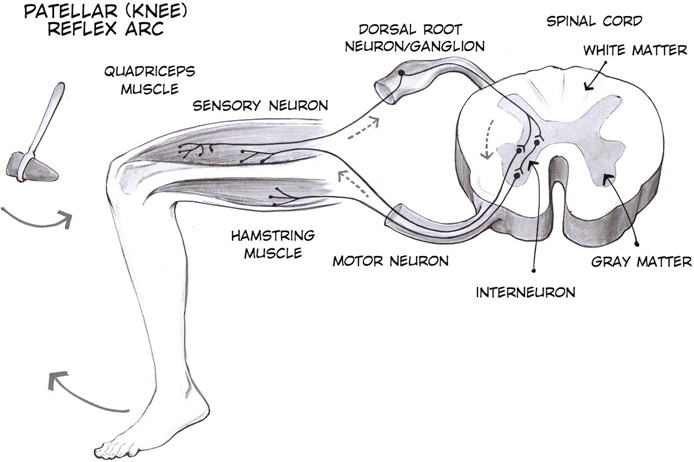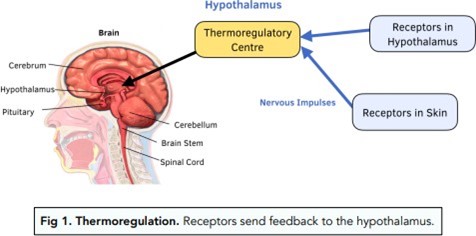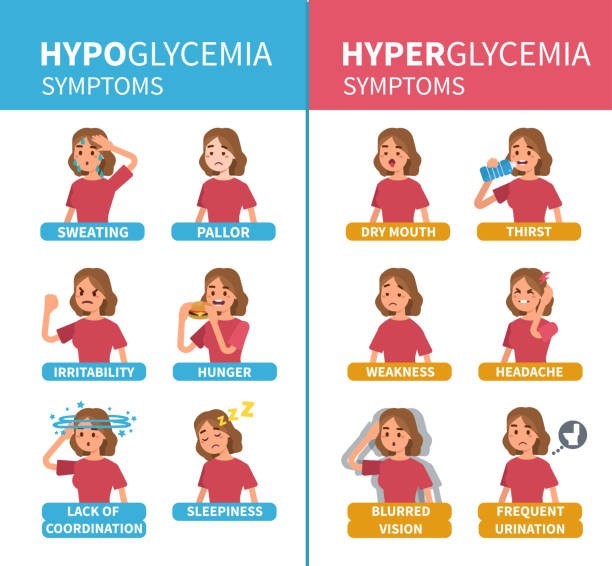A woman is being treated for preterm labor with magnesium sulfate. Which finding by the nurse indicates magnesium sulfate toxicity?
Select one:
Respiratory rate of 16.
Complaints by the client of feeling flushed and warm.
Fetal heart rate of 120.
Patellar reflexes are absent.
The Correct Answer is D
Choice A Reason: Respiratory rate of 16. This is an incorrect answer that indicates a normal finding that does not suggest magnesium sulfate toxicity. Respiratory rate is a measure of the number of breaths per minute, which reflects the respiratory function and oxygenation status. Respiratory rate of 16 is within the normal range for adults, which is 12 to 20 breaths per minute. Respiratory rate of 16 does not indicate magnesium sulfate toxicity, which can cause respiratory rate below 12 breaths per minute.
Choice B Reason: Complaints by the client of feeling flushed and warm. This is an incorrect answer that indicates a common side effect that does not indicate magnesium sulfate toxicity. Feeling flushed and warm are sensations that are caused by vasodilation (widening of blood vessels), which can occur as a result of magnesium sulfate administration. Feeling flushed and warm are not signs of magnesium sulfate toxicity, but rather expected and mild reactions that usually subside within a few hours.
Choice C Reason: Fetal heart rate of 120. This is an incorrect answer that indicates a normal finding that does not suggest magnesium sulfate toxicity. Fetal heart rate is a measure of the number of beats per minute of the fetal heart, which reflects the fetal well-being and oxygenation status. Fetal heart rate of 120 is within the normal range for fetuses, which is 110 to 160 beats per minute. Fetal heart rate of 120 does not indicate magnesium sulfate toxicity, which can cause fetal heart rate below 110 beats per minute or above 160 beats per minute.
Choice D Reason: Patellar reflexes are absent. This is because absent patellar reflexes are a sign of magnesium sulfate toxicity, which is a condition where the level of magnesium in the blood is too high, which can cause adverse effects on the neuromuscular and cardiovascular systems. Magnesium sulfate is a medication that is used to prevent or treat preterm labor, which is labor that occurs before 37 weeks of gestation. Magnesium sulfate works by relaxing the uterine muscles and inhibiting uterine contractions. However, magnesium sulfate can also affect other muscles and nerves in the body, and cause symptoms such as muscle weakness, respiratory depression, hypotension, or cardiac arrest.

Nursing Test Bank
Naxlex Comprehensive Predictor Exams
Related Questions
Correct Answer is A
Explanation
Choice A Reason: Place the infant skin to skin with the mother and re-check temperature in 30 minutes. This is because skin-to-skin contact is an effective and safe method of increasing the infant's temperature and promoting thermoregulation. Skin-to-skin contact also has other benefits such as enhancing bonding, breastfeeding, and maternal-infant attachment.
Choice B Reason: Check the infant's CBC and blood cultures, as this is a sign of probable sepsis. This is an unnecessary action that may cause undue stress and discomfort to the infant and the mother. A slightly decreased temperature in a full-term infant is not a sign of probable sepsis, but rather a common finding that may be due to environmental factors, such as exposure to cold air or wet linens.
Choice C Reason: Return the infant to the nursery for close observation under warming lights. This is an undesirable action that may interfere with the early initiation of breastfeeding and bonding between the mother and the infant. Warming lights are not recommended for routine use in healthy newborns, as they may cause dehydration, hyperthermia, or eye damage.
Choice D Reason: Notify the physician immediately and suggest orders for placement in an incubator. This is an excessive action that may indicate a lack of knowledge or confidence on the part of the nurse. An incubator is not indicated for a stable, full term infant with a slightly decreased temperature, as it may expose the infant to unnecessary interventions, infections, or separation from the mother.

Correct Answer is A
Explanation
Choice A Reason: Episodes of hypoglycemia and hyperglycemia. This is because episodes of hypoglycemia and hyperglycemia are common complications of diabetes during pregnancy, which can affect both the mother and the fetus. Hypoglycemia is a condition where the blood glucose level drops below the normal range, which can cause symptoms such as sweating, trembling, hunger, confusion, or loss of consciousness. Hyperglycemia is a condition where the blood glucose level rises above the normal range, which can cause symptoms such as thirst, polyuria, fatigue, blurred vision, or ketoacidosis. Diabetes during pregnancy requires careful monitoring and management of blood glucose levels to prevent adverse outcomes such as fetal macrosomia, congenital anomalies, stillbirth, or neonatal hypoglycemia.
Choice B Reason: Postpartum hemorrhage. This is an incorrect answer that refers to a different complication that may occur after delivery, not during pregnancy. Postpartum hemorrhage is excessive bleeding from the uterus or genital tract after delivery, which can cause hypovolemic shock, anemia, or death. Postpartum hemorrhage can be caused by uterine atony, retained placenta, lacerations, or coagulation disorders.
Choice C Reason: Cerebrovascular accident (CVA). This is an incorrect answer that indicates a rare and severe complication that may occur during or after pregnancy, not specifically related to diabetes. CVA is also known as stroke, which is an interruption of blood flow to the brain due to ischemia or hemorrhage, which can cause neurological deficits or death. CVA can be caused by hypertension, preeclampsia-eclampsia, thrombophilia, or vascular malformations.
Choice D Reason: Acute vasospasm. This is an incorrect answer that suggests a different condition that may occur during pregnancy, not associated with diabetes. Acute vasospasm is also known as Raynaud's phenomenon, which is a disorder of blood vessels that causes them to narrow and reduce blood flow to the extremities in response to cold or stress, which can cause pain, numbness, or color changes. Acute vasospasm can be triggered by smoking, medications, or autoimmune diseases.

Whether you are a student looking to ace your exams or a practicing nurse seeking to enhance your expertise , our nursing education contents will empower you with the confidence and competence to make a difference in the lives of patients and become a respected leader in the healthcare field.
Visit Naxlex, invest in your future and unlock endless possibilities with our unparalleled nursing education contents today
Report Wrong Answer on the Current Question
Do you disagree with the answer? If yes, what is your expected answer? Explain.
Kindly be descriptive with the issue you are facing.
